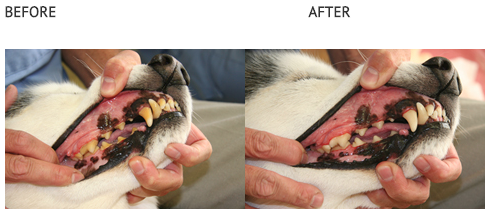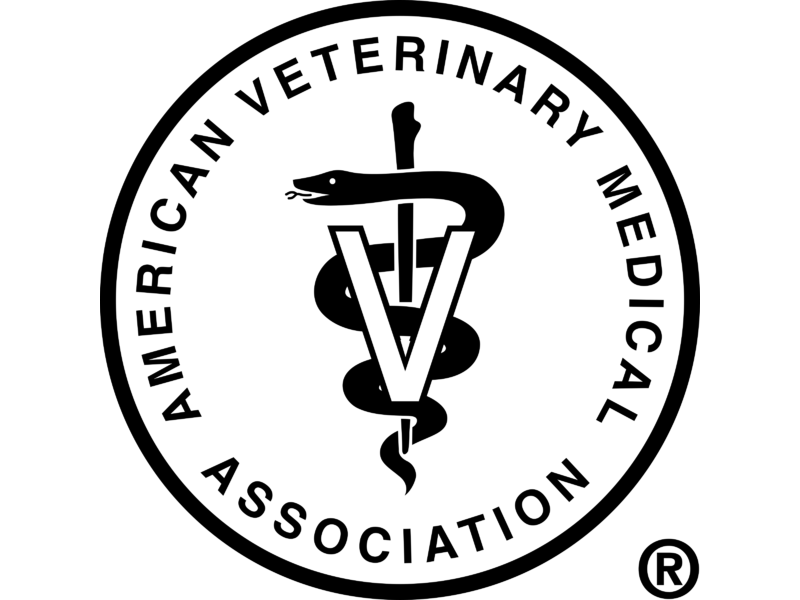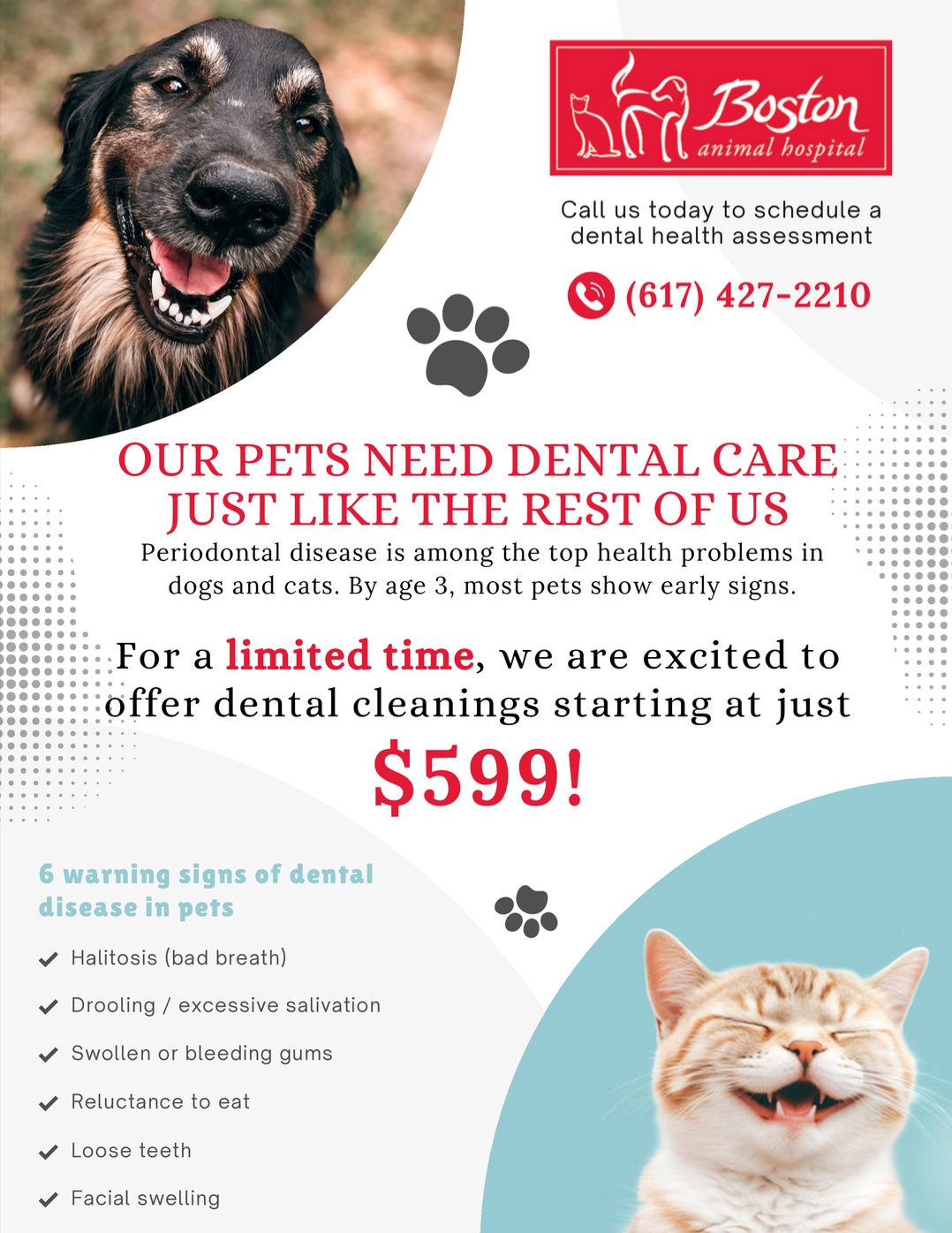
Dentistry
Did you know?
- 75% of cats and 85% of dogs over the age of 3 years old have some degree of periodontal disease.
- Dental disease is the most common disease in dogs and cats.
- Dental disease can affect the heart valves, liver and lungs within years if not addressed early.
- The large majority of animals will not show any symptoms of dental disease, they will still eat, chew their toys, and wag their tails when you get home. So it’s important to talk about dental disease with your veterinarian and get their teeth professionally cleaned and examined BEFORE any teeth need to be removed.
- There are a number of dental products on the market today that can help you set your pet up for success. VOHC.org has a list of approved products we recommend checking out.

A note on anesthesia-free dentals

“Cleaning a companion animal’s teeth without general anesthesia is considered unacceptable and below the standard of care.”
-American Veterinary Medical Association
-American Veterinary Medical Association
There is a lot of buzz about anesthetic free dental cleanings– but don’t be fooled! The American Veterinary Medical Association (AVMA) has recommended against the use of anesthesia- free dentals for several reasons, and you can read their official statement here.
Anesthesia free dentals (AFDs) can actually be more dangerous and significantly less thorough than dental procedures performed under anesthesia.

